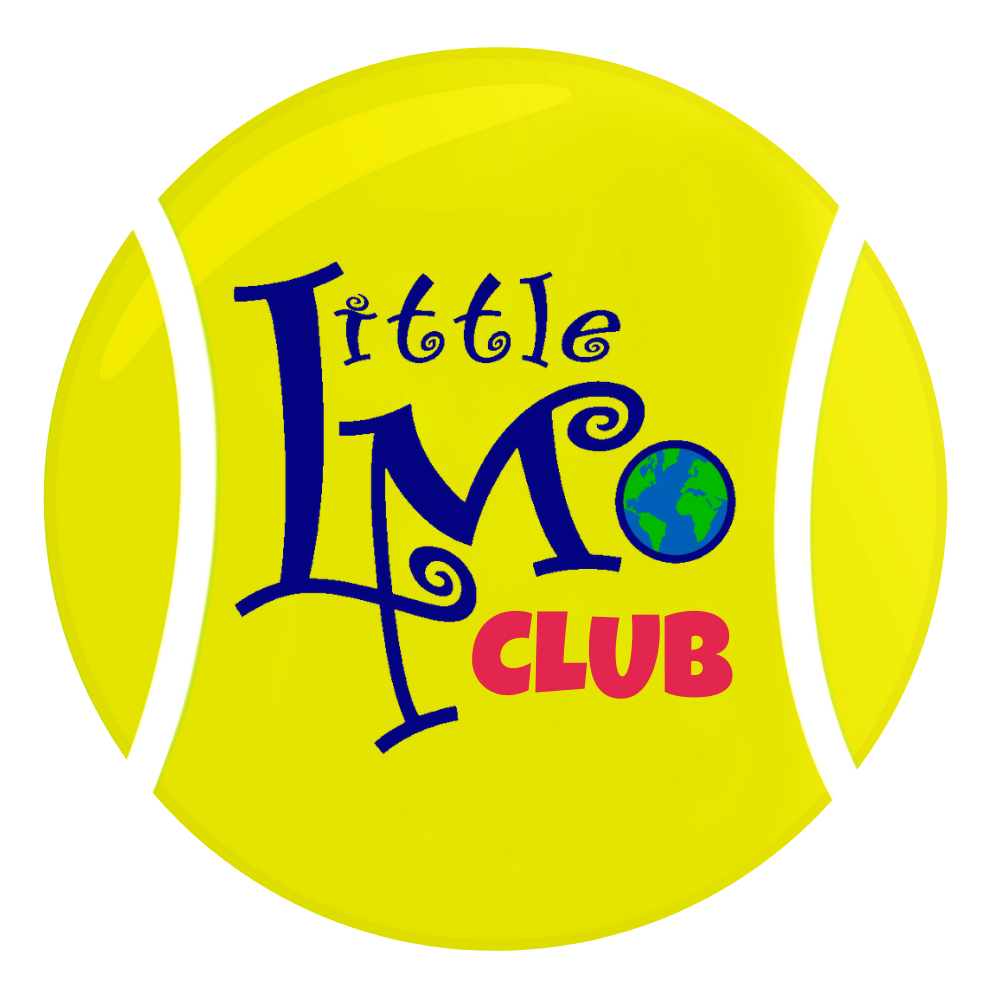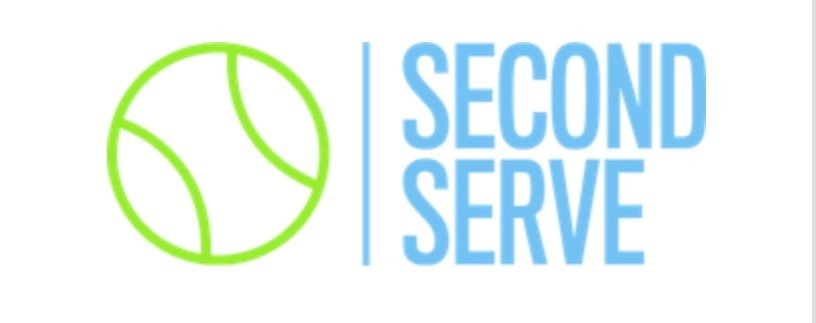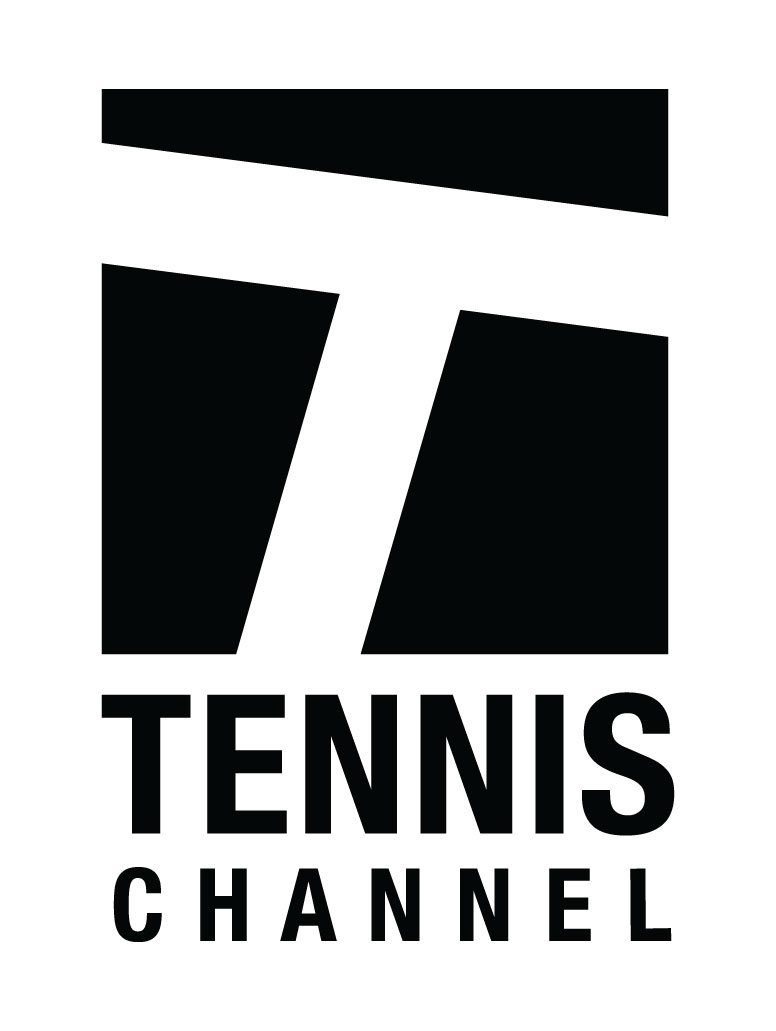The Ins & Outs of TennisRecruiting.Net
Up Next
Pusher or Grinder?By now, most of my readers are probably very familiar with the TennisRecruiting.net website. Well, I recently discovered that the creators of the site, Julie and Doug Wrege, live about a mile and half from my house (!), so I figured I would pick their brains a bit about how the site came into existence as well as the way parents and players should be using the information available on the site to their best advantage.
The first thing to note is that Julie and Doug are not now, nor have they ever been, Tennis Parents; that is to say, none of their children played tournament tennis. However, Julie is a very accomplished player and college coach in her own right – she started the very successful women’s tennis program at Georgia Tech – and Doug is an internet technology guru – he wrote the very first tennis-related software, Tournament Management System, in the 1980s and was the first to put tournament draws on the Web. As a result of Julie’s extensive college coaching experience, she knew what the coaches needed to see in terms of player records and rankings, and she wanted to create something better for them to use. In 2004, with Doug’s help, TennisRecruiting.net was born!
Now, the basics of TRN and its Star Rating System . . .
The TRN ratings, done by graduating class, go from Blue Chip (highest) to 1 star (lowest) as follows:
Blue Chip: top 25 players in the class
5-Star: players ranked 26-75
4-Star: players ranked 76-200
3-Star: players ranked 201-400
2-Star: players ranked 401 up to a number based on a percentage of the size of that class
1-Star: a player with any qualifying ranking
TRN looks at 6th graders through 12th graders and ranks 16,000 boys each year out of the approximately 34,000 male junior players currently playing and competing. They rank about the same number of girls. Therefore, even a 1-Star player is better than more than half the juniors currently playing tournaments. Ratings are based solely upon a player’s position within his own high school graduating class year; for example, a 14-year-old high school freshman would be rated independently of a 14-year-old 8th grader even though they are both eligible to play in the 14-and-under age division.
In order to be ranked on TRN, a junior must play in a minimum of 3 TRN-eligible tournaments and win a minimum of 3 matches (2 of which must be over other eligible players). Ratings happen twice a year – at the end of February and the Tuesday after Labor Day in September. Ratings are preceded by an 8-week rating period. The player’s highest ranking during the 8-week rating period will determine that player’s Star Rating per the chart above.
All matches from TRN-eligible events in a one year window are used to compute a player’s ranking, independent of age division or class of the players. In addition, TRN looks at a player’s 8 best wins during that period, averages them, then uses that as one of several complicated (understatement of the year!) mathematical components to determine the final ranking. Ratings, age, and graduation year of a player’s opponents are not used in the calculation. Previous rankings are not used to determine current rankings – TRN starts from scratch for each week’s ranking. It is important to note that wins never hurt a player’s ranking and losses never help it. Also, “retirement” of a match counts as a loss but a “walkover” does not.
Matches are weighed according to when they were played. A win today counts more than a win against the same opponent six months ago. This is one way that TRN makes it very difficult to “play” their rating system or “buy” rankings. For your player to improve his ranking on TRN, he should be sure to enter tournaments where he can win some matches but NOT where he is, by far, the best player in the draw. As Doug says, “Winning makes you feel good. Losing makes you learn something.” Because of the extensive analysis that goes into the TRN rankings, college coaches consider them to be a better predictor of player quality and who’s going to beat whom in head-to-head competition.
How should players and parents use TRN? During the Middle School years, TRN is just another tool at players’ fingertips to track their progress and that of their peers. Parents should check their child’s profile using the Free Account option and make sure all the information is correct – if it’s not, then you can either make the corrections yourself or contact TRN if you have any questions or problems. There are also some very useful articles on the TRN site written by experts in the junior tennis world – take advantage of this free tool to educate yourself and your child during these important developmental years.
Once a player enters High School, you might want to consider buying a TRN Recruiting Advantage membership so you can see which college coaches are looking at your child’s Player Profile. The membership also allows you to upload gallery photos, videos, and article references mentioning your child. It is well worth the $49.95 annual fee! But, here’s a great tip from Doug: if you have multiple tennis players in your family or are on a limited budget, pay only for a membership for your oldest child then use that account to do everything on the website for all of your children except see the coach visits and upload the photos, videos, and articles. Once the oldest graduates high school, cancel the account and get one for the next child. Another great tip from Doug is that you can buy a monthly membership (which renews automatically), load all the information you want during that first month, then cancel the account. The information will stay on your child’s profile, but you will no longer be paying the monthly membership fee. To cancel the account, simply click on the Member Services link at the top of the page then un-check the “Auto Renew” option. Voila!
Given that Doug is giving away these money-saving tips, let me share how TennisRecruiting.net generates its revenue. Initially, TRN’s biggest source of income came from players signing up for an enriched profile with the Recruiting Advantage membership. On top of that, the college coaches pay TRN to have access to the player information. Very recently, however, TRN started selling advertising on its website, which has now become its largest source of revenue. If you’re a user of TRN, please consider using the advertiser links on the site in order to help TRN continue to offer its free services!
I want to emphasize that TRN is about much more than player rankings. Doug and Julie are working tirelessly in the junior tennis community to ensure that more kids have the opportunity for cross-sectional play and that they have the opportunity to play college tennis if that’s their goal. With the recent changes in the USTA National Tournament Schedule and smaller draw sizes, the Wreges have their work cut out for them. They are currently working with tournament directors around the US to encourage more open events, even if it won’t impact the player’s USTA ranking, by designating tournaments as “Historically Strong” so that the players have an opportunity to improve their TRN ranking and become a TRN “National Player” (one who has won a match in a USTA National Level 1-3 event or other event that counts toward a USTA national ranking). The upcoming Georgia State Junior Open will be the first of these tournaments – information on that tourney is online here.
This is a lot of information to digest – I know! – but please do yourself and your child a favor and do some poking around on the TRN site. Familiarize yourself with their ratings and rankings. Read the articles, especially the Q&As with the different college coaches if that’s your child’s goal. Make sure your child’s information and player record are correct. If your child is in high school, upgrade to the paid membership, at least for a period of time. It will be time and money well-spent.













